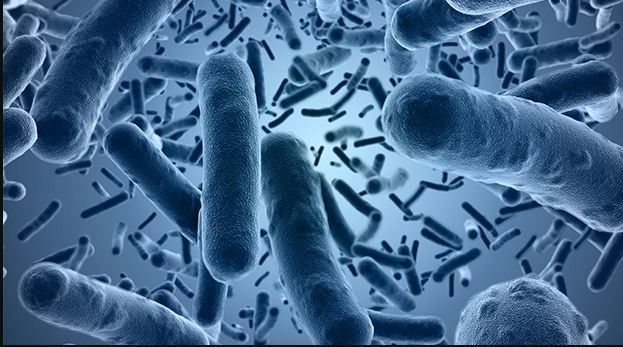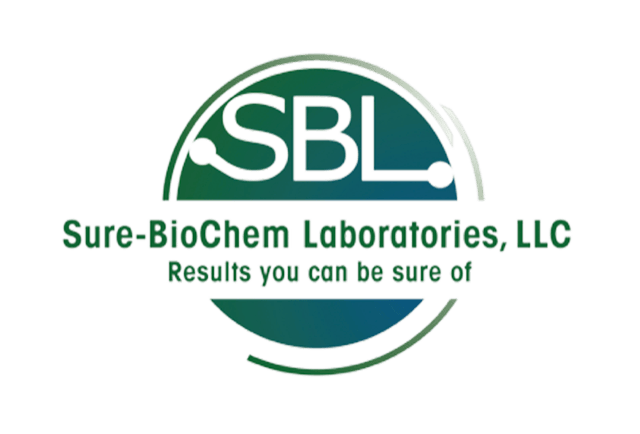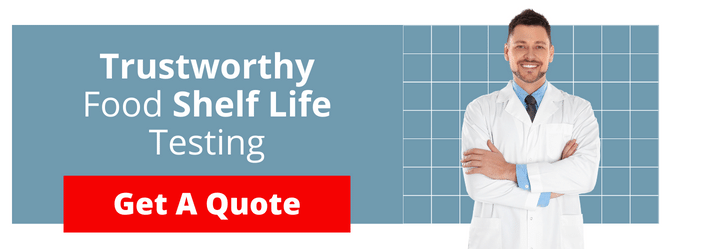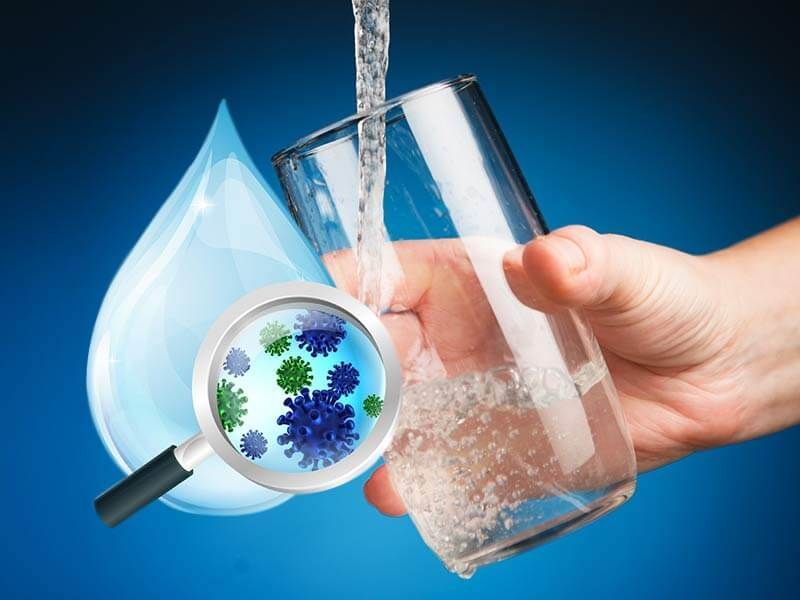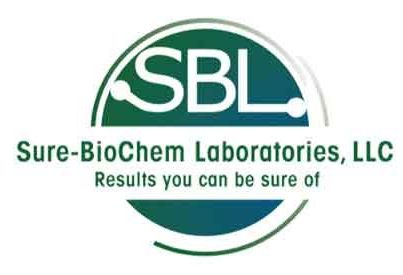How to Analyze the Shelf Life of Food Products
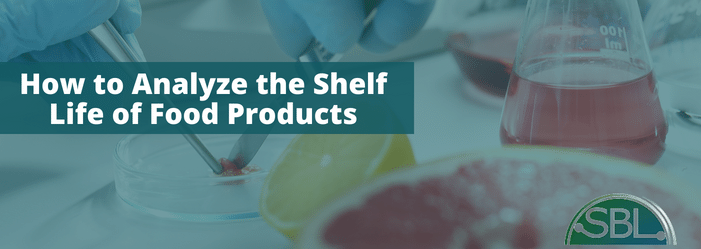
Everyone has had that moment where they reach into the fridge, frown at the date they find staring back at them from the milk jug, and then make a gamble. Sometimes it works out. Sometimes it really, really doesn’t.
The shelf life of food products is determined for a reason—specifically to avoid getting sick from the things you put in your body. In this article, we are talking about all things related to food shelf life
testing.
Read on to learn more about how to determine the shelf life of food products.
What is the Shelf Life of Food?
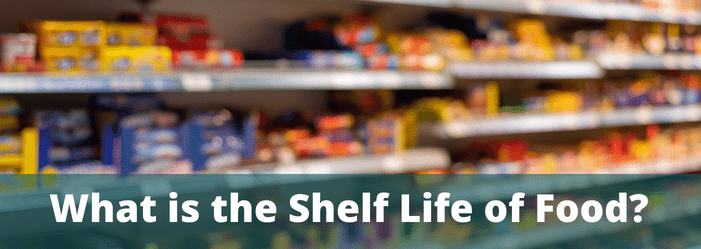
The shelf life of food products refers to the amount of time the food will be both safe and enjoyable to consume. After this data, as with the milk, you may still be ok, or you may wind up with something rotten and horrible on your hands.
There is always a degree of guesswork on the part of the consumer in determining if an item listed as past its expiration date can be consumed safely.
Is Food Good Past The Expiration Date?
The shelf life of food products does not necessarily indicate how long a food item will remain good. Often, a visual or scent-derived inspection of the product will clue you in. The recommendation is usually to dispose of food once it exceeds its expiration date. If you want to take the occasional gamble here and there it’s ok. However, infant formula is an important exception to this. If the container says it is expired, throw it out.
There are several reasons for this. For one thing, babies are much more sensitive to bacteria than adults are. Your infant also lacks the capacity to communicate that their food is spoiled, so it’s completely up to you to make the determination.
How Strict Are Use By Dates?
“Use by” dates typically refer to the peak quality of a product. If the food item in question is not showing visible signs of deterioration (what these are will depend on the food itself) it will probably be safe to consume, even as its freshness might have dipped.
It’s important to keep in mind that even though the dates on food items are determined through rigorous scientific evaluation they are still guesses. Many variables will contribute to how long a food item lasts.
What temperature do you set your refrigerator to? Do you ever leave the door open? How long did it take you to unpack the groceries when you got home from the store? All of these factors add up.
Signs of Spoilage
There are signs that a product has gone bad. Usually, these signs will be specific to the type of food.
Milk may develop a bad smell or (try not to get nauseous) a chunky consistency.
Meat will begin to grey and may develop a slimy exterior texture.
Fish will smell
worse
than it already did.
When to Toss Leftovers?
Understanding the Shelf Life of Food Products
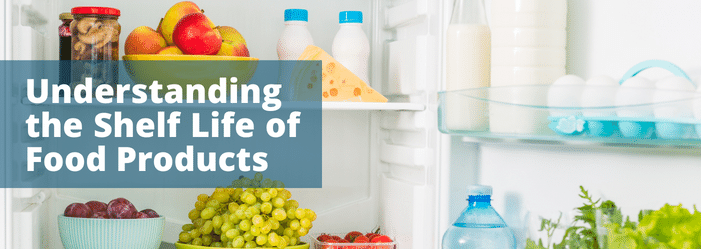
The shelf life of food products can be a little tricky for the layperson to understand. Determined by professionals, shelf life can involve a lot of scientific terms. Below, we give a short breakdown of what some of the terms describing the shelf life of food products actually mean.
How to Find the Shelf Life of Food
When trying to determine the shelf life of food products it’s helpful to keep in mind that there are different types of labeling. Always factor in exactly which one you are dealing with.
"Best if Used By/Before"
The “Best if used by” date refers not to a food item’s safety, but rather its overall quality. Usually, it will be ok to use a food item that has exceeded this date, as long as there are no indications of rot or decay.
"Sell-By"
The “sell-by” date is used for inventory management purposes. It is also not a safety classification, though you will want to be on the lookout for signs of rot when a product exceeds this date.
“
Use-By"
Use-by refers to the final day you can use a product and still experience it at peak quality. You may gamble with using a product after this date (except in the case of infant formula) but you are doing so at your own risk.
“Freeze-By”
“Freeze-by” indicates the final date before you can freeze a product and maintain its peek condition. It is not a safety or purchase date, though food items that have exceeded the “freeze-by” milestone will be on the quality decline.
Food Shelf Life Testing
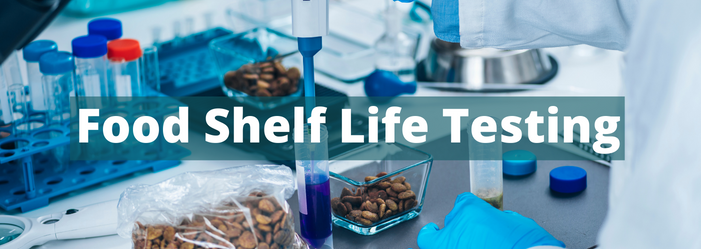
Food undergoes testing before a shelf life is determined. Through this testing, conclusions are made about how long this food will maintain its peak qualities, and about when it will become unsafe to consume.
How is Shelf Life Determined?
The process that goes into determining the shelf life of food products requires a
clean lab
presided over by experts to complete. To maintain the highest possible standards, this room is required to remain completely free of any contaminants.
Shelf Life Testing Methods
Testing practices may vary from product to product, and, for that matter, from lab to lab. Most products will undergo several different tests to help experts understand how the food item ages both depending on the conditions and context of its storage.
Standard Shelf Life Study
Per Oregon state -the “product is stored at a similar storage temperature and humidity as the distribution environment, changes in the product are evaluated at a specific sampling duration”. In other words, this test is used to explore what happens to a product in the grocery store environment. How does it age while sitting on a shelf?
These conditions can differ significantly from those in the home setting. Grocery store refrigerators get opened more often. The products are handled by more people. How do these variables impact the shelf life?
Accelerated Shelf Life Study
Per Oregon state -The “product is stored at elevated temperature and/or humidity, quality changes in the product are evaluated at a specific sampling rate.” This method can be 2-4x faster than the standard shelf life study, but the calculations produced are just as accurate. This technique is usually implemented as a time-saving measure.
Why Is Shelf Life Testing Important?
Shelf life testing is “designed to provide an objective measure of the quality factors that define the food and the point at which failure occurs. This failure is the point at which the food exhibits physical, chemical, microbiological, or sensory characteristics that are unacceptable to the consumer.”
In other words, the testing is there for your benefit, to make sure you don’t consume food items that will make you sick. Occasionally, food items will expire before the date listed on the label. Usually, however, they become unsafe for consumption a day or two after the date indicated.
Though frustrating to the consumer who may not want to throw out a food item that, by all appearances looks safe (particularly with grocery store prices being what they are) conservative dates are also a safety measure. When it comes to food, it’s always better to throw out a safe product than eat a bad one.
How to Determine the Shelf Life of Food Products

There are a slew of factors that go into determining if a product may be nearing its expiration date. Each of these factors is weighed carefully by
scientists
who are then able to label the product accurately.
Chemical Composition
Chemical composition can only be determined in the laboratory setting. Once a food item’s chemical structure begins to change it may no longer be safe for human consumption. The actual effects will, of course, vary from product to product. In the case of meats, spoiled food can quite literally be deadly.
When it comes to non-meat products, like grains, it will mostly just be a matter of diminished quality.
In all cases, the chemical change your food product experiences probably won’t do anything to improve it. When high-end retailers refer to “aged cheeses” they aren’t talking about that package of American cheese that has been sitting in the back of your refrigerator since 2017.
Visual Inspection
Not all tests are strictly chemical. Experts also analyze the appearance of a product looking for signs of deterioration. Has the color changed? Are there any indications of mold or fungus? Every food item has its own aging process.
Meats will grey. Breads and cheeses will develop mold. By understanding these signs, scientists are able to indicate not only when a food product will become dangerous but also when the quality will wane.
Odors or Change in Smell
You know it when you smell it, right? Food odor changes over time (and never for the better!). At the scientific level, researchers look for the specific qualities of that change. Does it smell sweet? Sour? A little like vinegar?
The specifics of the smell will indicate exactly what the food product is experiencing.
Physical Deterioration
Not all negative food encounters are as startling as taking a swig from your milk only to find that it has developed a…texture. Sometimes the signs of decay are subtler. Stale bread. Chips that have lost their crispness. Grapes that have begun their wrinkly journey into raisinhood.
Usually, when a product enters a state of physical deterioration, you will know it when you see it. In a pinch, you may be able to squeeze another sandwich or two out of that stale loaf of bread, but most likely you’ve entered a situation of diminishing returns.
It Looks Okay, Smells Fine, But Tastes A Little… Off
We’ve all been there. Your fish (goodness, isn’t it always the fish?) looks fine. The smell is dreadful but this is fish we are talking about. That’s part of the deal. But the taste is ever so slightly…off.
There’s a recipe you can follow to get dinner back on track. Take that fish back into the kitchen, and walk over to the trash can. Throw it away. Time to order a pizza.
Gambles just aren’t worth it. Food poisoning is enormously unpleasant and usually, it’s easy to avoid. Trust yourself. When in doubt, throw it out.
Shelf Life is More Than A Suggestion
Food labels aren’t just a suggestion. They are there to keep you and your family safe. No one wants to throw food away, but sometimes it can’t be helped. If you want to avoid waste, it’s a good idea to go into the grocery store knowing exactly when you will use the food items you intend to buy.
If the label indicates that the chicken in your hand will expire before you can use it, come back to the store on a different and buy it closer to your planned cook. Inconvenient? Maybe. But it beats food poisoning—which, as a reminder, tends to involve gratuitous amounts of diarrhea and vomiting—by a significant margin.
Have food items that need to be analyzed? Don’t wait.
Click here to get a free quote.
Also Suggested
Related Learning
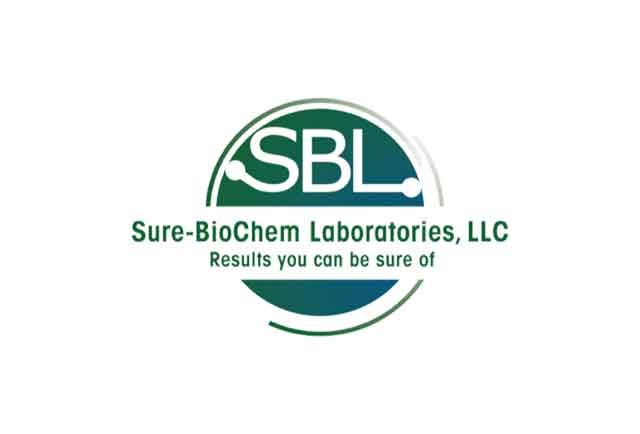
Need Our Help? Fill Out a Service Request Today!
We're here to assist you with all your needs. Please complete our service request form to ensure we provide the best possible service.
It's quick and easy—tell us a little about your request, and our team will reply promptly. We look forward to serving you!
Blog Contact Page
